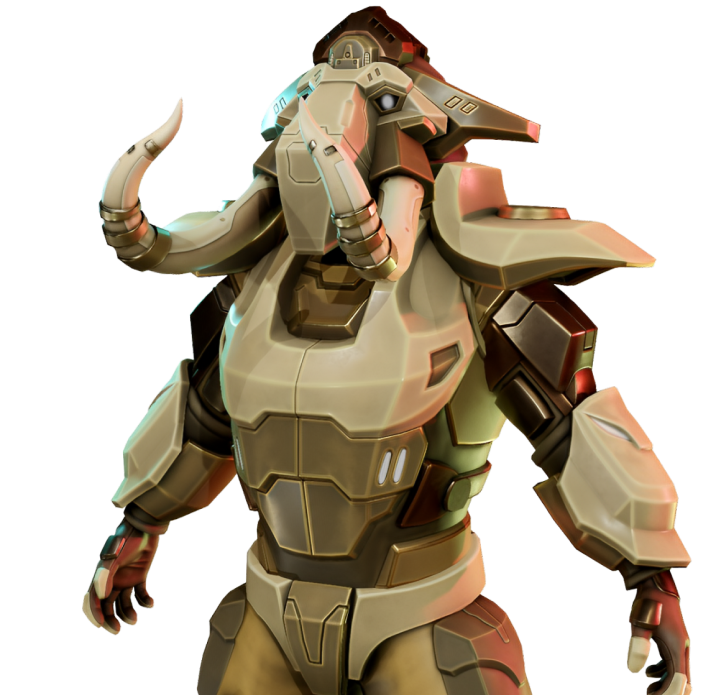The world of 3D animation has evolved into a sophisticated art form, blending technology and creativity to bring lifelike characters, realistic environments, and stunning visual effects to life. Whether in games, movies, commercials, or virtual reality, high-quality 3D animation requires a deep understanding of animation principles, advanced software techniques, and meticulous attention to detail.
But what sets apart expert-level 3D animation from mediocre work? In this article, we’ll explore the essential techniques and workflows used by professionals to create smooth, high-quality, and visually stunning 3D animations.
1. The Foundations of High-Quality 3D Animation
Before diving into complex techniques, it's essential to understand the core principles that guide expert animators.
A. Mastering the 12 Principles of Animation
Developed by Disney animators, these classic principles still form the foundation of modern 3D animation.
- Squash & Stretch – Adds flexibility and weight to objects.
- Anticipation – Prepares the audience for an action.
- Follow-Through & Overlapping Action – Creates fluidity by adding secondary motion.
- Slow In & Slow Out – Smooths out movements naturally.
2. Expert Techniques for Achieving Realistic 3D Animation
A. Motion Capture (MoCap) for Lifelike Movements
Motion Capture (MoCap) allows animators to record real human movements and apply them to 3D models.
- Used for realistic character movement in films & games.
- Captures subtle facial expressions & body mechanics.
- Requires clean-up animation to refine details.
B. Keyframe Animation for Precision
Unlike MoCap, keyframe animation is fully handcrafted, offering more control and stylization.
- Used in stylized films like Into the Spider-Verse.
- Allows complete control over exaggeration and timing.
- Essential for cartoony animations and VFX-heavy scenes.
C. Procedural Animation & AI-Powered Movement
Instead of manually animating everything, procedural animation generates movement based on algorithms and physics.
- Creates realistic physics-based movement (e.g., cloth simulation).
- Used for game NPCs, crowds, and weather effects.
- AI-driven animation enhances auto-rigging & natural movement.
D. Facial Animation & Lip Syncing
Realistic facial expressions require precise muscle movement and accurate lip-syncing.
- Blendshape Animation – Adjusts facial muscles for expressions.
- Facial MoCap – Captures subtle expressions for hyper-realism.
- AI Lip-Sync Tools – Automatically matches voice-over to character lip movement.
E. Cloth, Hair, and Fluid Simulation
High-quality 3D animation includes natural secondary movements like flowing hair, moving fabric, and realistic water.
- Cloth Physics – Mimics real-world fabric movement.
- Hair Simulation – Uses particle systems for natural motion.
- Water & Smoke Simulation – Created with fluid dynamics engines.
3. Advanced Tools & Software Used in 3D Animation
Top studios use industry-standard software to create high-quality 3D animations.
A. Best 3D Animation Software
- Maya – Industry-standard for film & VFX animation.
- Blender – Free & powerful for indie & professional animators.
- 3ds Max – Preferred for game animation & architectural visualization.
- Houdini – Best for procedural animation & simulations.
B. Render Engines for High-Quality Visuals
- RenderMan (Pixar’s Engine) – Photorealistic animation rendering.
- Arnold & V-Ray – Realistic lighting & ray tracing.
- Unreal Engine 5 – Real-time rendering for cinematic animation.
4. Animation Pipeline: How Experts Structure Their Workflows
A. Pre-Production: Planning the Animation
- Storyboarding & Animatics – Visualizing key moments.
- Character & Environment Design – Finalizing look & feel.
- Rigging & Skeleton Setup – Preparing characters for movement.
B. Production: Bringing Animations to Life
- Blocking – Laying out rough keyframes.
- Spline Animation – Refining movement curves.
- Polishing & Detailing – Adding micro-movements & physics.
C. Post-Production: Enhancing Realism
- Lighting & Shadows – Adjusting for realism.
- Rendering & Compositing – Final output of animated sequences.
- Sound & FX Integration – Matching animation with sound design.
5. Future Trends in 3D Animation
- AI-Assisted Animation – AI-powered tools for faster motion generation.
- Real-Time Animation with Unreal Engine – Live-rendering for cinematic quality in games & movies.
- Virtual Production & Metaverse Animation – 3D avatars & digital humans for virtual worlds.
- Hyper-Realistic Facial Animation – Advancements in deep learning for ultra-realistic expressions.
Conclusion: The Key to Mastering High-Quality 3D Animation
Creating high-quality 3D animation requires a blend of artistic skill, technical expertise, and innovative tools. By mastering animation principles, using advanced techniques, and leveraging powerful software, animators can bring characters and worlds to life with stunning realism and detail.
As technology evolves, expect AI-driven animation, real-time rendering, and hyper-realistic digital humans to define the future of 3D animation.





Leave a comment